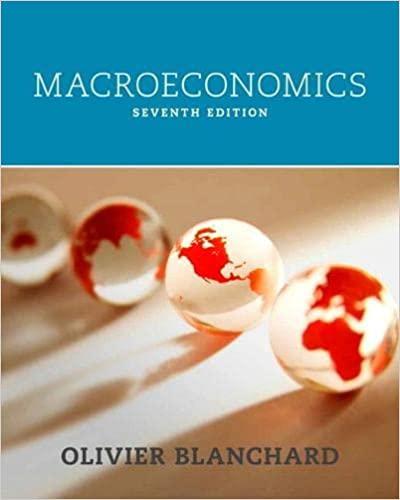Continue with the setup from Problem 5, but suppose now that borrowing restrictions do not allow young
Question:
Continue with the setup from Problem 5, but suppose now that borrowing restrictions do not allow young consumers to borrow. If we call the sum of income and total financial wealth "cash on hand," then the borrowing restriction means that consumers cannot consume more than their cash on hand. In each age group, consumers compute their total wealth and then determine their desired level of consumption as the highest level that allows their consumption to be equal in all three periods. However, if at any time, desired consumption exceeds cash on hand, then consumers are constrained to consume exactly their cash on hand.
a. Calculate consumption in each period of life. Compare this answer to your answer to part
(a) of Problem 5, and explain any differences.
b. Calculate total saving for the economy. Compare this answer to your answer to part
(c) of Problem 5, and explain any differences.
c. Derive total financial wealth for the economy. Compare this answer to your answer to part
(d) of Problem 5, and explain any differences.
d. Consider the following statement: "Financial liberalization may be good for individual consumers, but it is bad for overall capital accumulation." Discuss.
Data from problem 5 Individual saving and aggregate capital accumulation Suppose that every consumer is born with zero financial wealth and lives for three periods: youth, middle age, and old age. Consumers work in the first two periods and retire in the last one. Their income is \(\$ 5\) in the first period, \(\$ 25\) in the second, and \(\$ 0\) in the last one. Inflation and expected inflation are equal to zero, and so is the real interest rate.
Step by Step Answer:






